
Transform Your Supply Chain Planning and Marketing Strategies with Google Cloud and SAP Integration

Transform Your Supply Chain Planning and Marketing Strategies with Google Cloud and SAP Integration
March 23, 2023 | Swaminath G
Blog / How Pluto7’s Cloud Cortex-Enabled Data Platform Solution is Revolutionizing Demand Planning and Inventory Positioning
As businesses strive to keep up with the fast-paced nature of today’s market, the challenges they face in forecasting demand, managing inventory, and understanding consumer behavior are becoming increasingly complex.
Despite investing in advanced demand forecasting tools, many companies are still struggling to accurately predict demand and keep inventory levels optimized. It’s time to break down the silos and connect the dots.
Enter Pluto7’s Cortex-enabled Data Platform, a powerful solution that enables SAP customers to enrich their SAP data with external insights. With this platform, businesses can make informed, contextual demand plans that are aligned with marketing and sales.
SAP demand planning systems tend to operate in silos, relying heavily on internal data sources to generate forecasts and make planning decisions. This approach can lead to inaccurate forecasting and missed opportunities, as these systems often fail to consider external factors that can influence demand. Here’s a quick look at some of the most common challenges.
Inability to leverage external data: SAP demand planning systems are often limited to using internal data sources, such as historical sales data and inventory levels, to inform their forecasting models. This can result in inaccurate forecasting and missed opportunities, as these systems fail to consider external factors that can impact demand.
For instance, a retailer may miss out on potential sales opportunities by failing to consider weather patterns or social media trends in their forecasting models.
Limited visibility into supply chain: The supply chain visibility provided by traditional SAP demand planning systems is limited, which can pose challenges for businesses looking to optimize inventory levels and avoid stockouts. As a result, companies may experience increased costs and decreased customer satisfaction.
A common situation is that of overstocking. A business may overstock certain products, leading to waste and increased holding costs, while understocking other products, resulting in stockouts and lost sales.
Limited collaboration: SAP demand planning systems often operate in silos, limiting collaboration between different departments and teams. This can lead to communication breakdowns and inconsistencies in data, resulting in poor decision-making and missed opportunities.
For instance, a business may have different departments or teams working on demand planning, inventory management, and marketing, each with its own data sources and systems, making it difficult to coordinate and share data effectively.
Lack of real-time insights: Traditional SAP demand planning systems often rely on historical data, providing limited real-time insights into demand and inventory. This can make it difficult for businesses to respond quickly to emerging opportunities or challenges in the market.
Imagine Nike releasing a new basketball shoe ahead of the NBA playoffs. Traditionally, their SAP demand planning system may rely heavily on historical sales data to forecast demand for this product.
However, following a high-profile playoff game in which several NBA stars wear the shoes on the court, demand for the shoes suddenly spikes. Because the SAP system is limited to historical data and provides limited real-time insights, it may take several days or weeks for Nike to recognize the increased demand and adjust their inventory levels accordingly.
This delay could lead to stockouts, missed sales opportunities, and frustrated customers who are unable to purchase the popular shoes. By leveraging external data sources, such as social media and news coverage of the playoff game, Nike could gain real-time insights into the emerging trend and adjust their inventory and marketing strategies more quickly to capitalize on the increased demand.
Google Cloud Cortex is a framework that enables businesses to access and analyze large amounts of data across multiple sources in real-time. It provides a scalable and secure environment for storing and processing data, as well as advanced tools for analytics and machine learning.
Pluto7 has incorporated Google Cloud Cortex into its data platform, allowing SAP customers to enrich their SAP data with external insights and improve their demand planning capabilities.
Pluto7’s Data Platform solutions effortlessly combine data from various sources, including SAP and Salesforce, with external data sources. This is made possible through the use of Google Cloud Cortex and innovative datasets, resulting in real-time demand sensing insights that enhance inventory optimization capabilities.
Let’s say a company has data from various sources, such as its SAP ERP system, sales data from its CRM system, and inventory data from its warehouse management system. With the Cloud Cortex Framework, the company can easily ingest this data without the need for extensive data cleaning or organization.
Once the data is ingested, the Cloud Cortex Framework provides canonical views that categorize the data into various categories, such as planning, sales, and purchases. For example, the SAP ERP data could be categorized as planning data, the sales data from the CRM system as sales data, and the inventory data as purchase data.
Using these canonical views, the company can easily blend this data with external datasets, such as weather, trends, adtech, or economic data, to generate valuable insights. For instance, the company could use the sales data from the CRM system and blend it with external weather data to identify correlations between weather patterns and sales patterns. This information could then be used to adjust inventory levels to better meet demand during certain weather patterns.
In essence, the canonical views feature of the Cloud Cortex Framework simplifies the process of categorizing and blending data, allowing companies to generate valuable insights that can inform business decisions quickly.
Here are some of the key features of the Data Platform:
With the ability to blend SAP data with external data sources, businesses can gain a deeper understanding of customer behavior and demand trends. This allows for more accurate forecasting and better inventory management, helping businesses to optimize their operations and reduce costs.
Pluto7’s data platform enables businesses to blend internal SAP and ERP data with external data sources to gain demand-sensing insights. These insights are made available to end users via visualizations through Looker or their preferred BI tool.
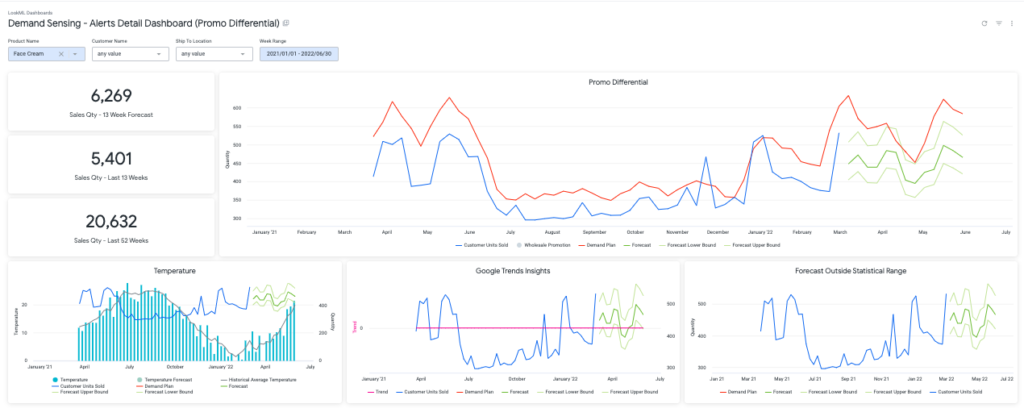
For example, the platform offers a Promo Differentials dashboard that compares actual vs. forecasted sales, leveraging a range of external data sources, including Google Trends and Weather data, as well as Google Ad tech data. By incorporating these external signals, the dashboard can highlight latent demand that may be invisible to a customer’s existing demand planning tool.
Here’s another example that illustrates the importance of external demand signals.
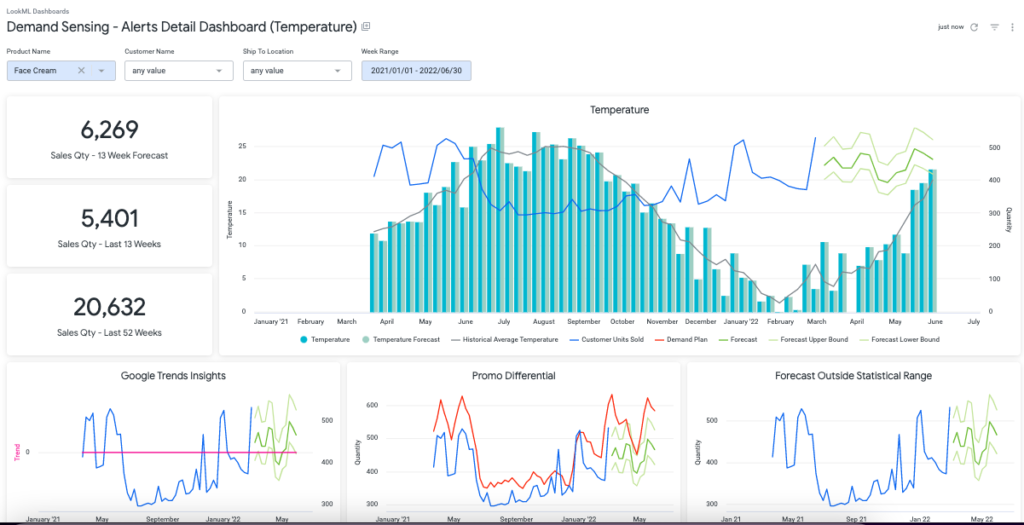
This dashboard leverages Google’s weather data to provide insights on sales quantity within a specific timeframe, categorized by ship-to location, product name, and customer based on temperature.
Users can apply various filters, such as location, customer, product, and date range, to customize the dashboard and display only relevant information. This allows businesses to gain a deeper understanding of the impact of weather on their sales and make more informed demand-planning decisions.
Learn More
With Pluto7’s data platform, businesses can bring their Salesforce data to BigQuery through Google Cloud Cortex to run advanced analytics and develop machine learning models. This enables businesses to gain real-time insights into sales performance and identify emerging opportunities in the market.
For example, a business may be running multiple marketing campaigns across different channels, such as social media, email marketing, and paid search. By analyzing the leads generated from each of these campaigns, they can identify which channels are performing the best and allocate resources accordingly.
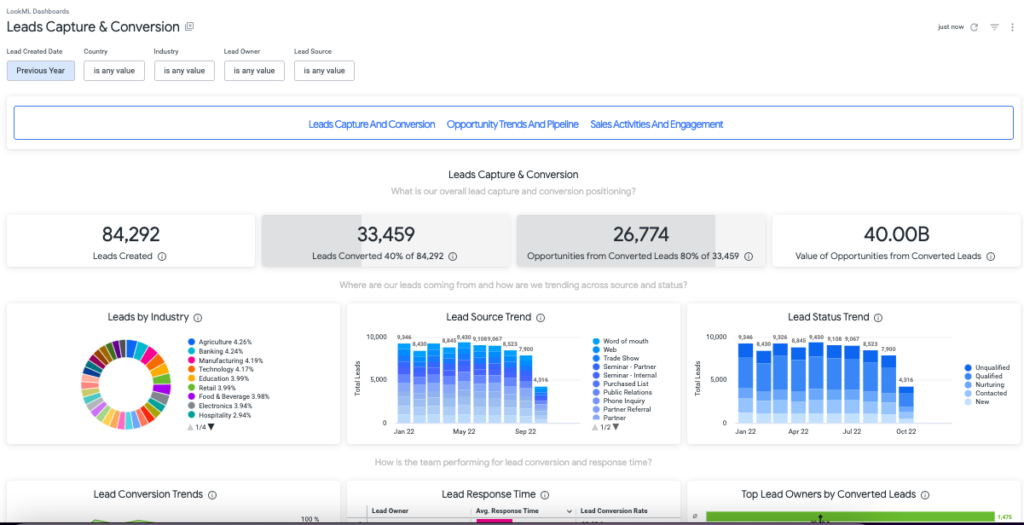
Additionally, by understanding the current status of each lead and how quickly they are converting to opportunities, businesses can optimize their sales process and improve conversion rates.
Businesses can also leverage the data platform to get trend analyses of sales performance by critical drivers such as product, brand, category, and more. They can track the status of closed, open, cancelled, and returned orders, as well as monitor On Time In Full (OTIF) metrics and sales performance by region and product.
Learn More
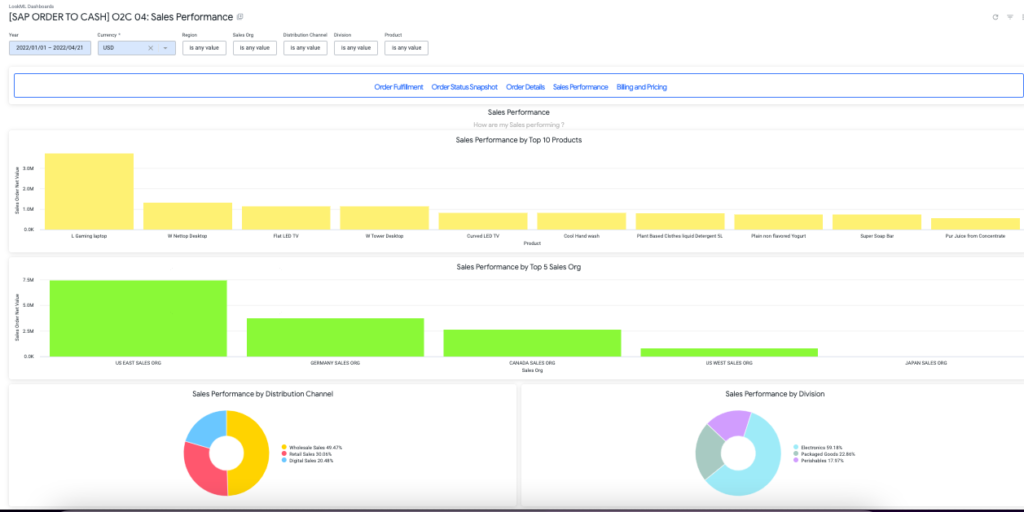
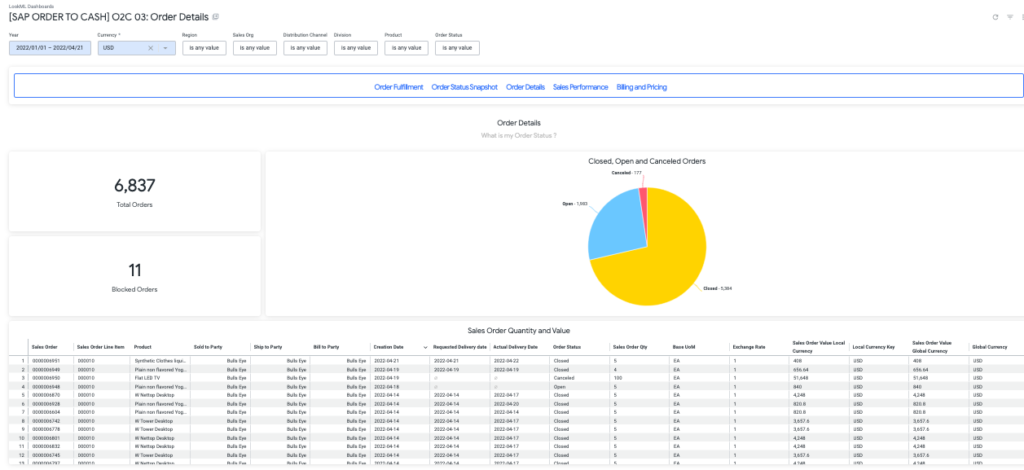
The platform’s flexibility also allows users to create custom queries and generate reports that their team can easily consume. By bringing Salesforce data into BigQuery, Pluto7’s data platform provides additional sales insights that can help businesses optimize their sales process and improve their bottom line.
Pluto7’s data platform has revolutionized demand planning for SAP users by seamlessly incorporating external data sources alongside SAP data, providing businesses with a comprehensive view of the market. The platform is easily accessible on both GCP and the SAP store, allowing businesses can deploy it with a few clicks and start gaining insights almost immediately. With a focus on data security, businesses can trust that their valuable data is protected while they explore the infinite potential of external data sources. Ultimately, this means SAP users can make better decisions based on a fuller, more nuanced picture of the market, giving them a leg up on the competition.
Discover the power of Pluto7’s solutions by exploring our offerings on the GCP Marketplace, or for existing SAP users, visit our solutions on the SAP Store.